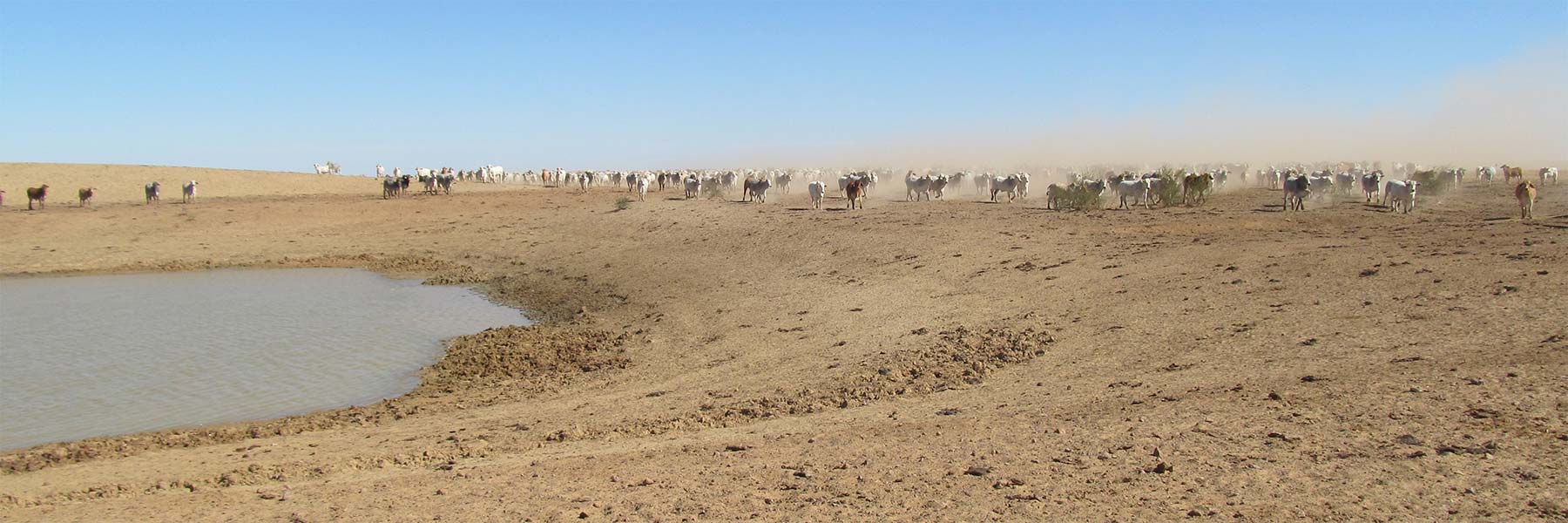
By the 1960s we realised we were pushing some land too hard and pushing some species to extinction.
How well have we responded to these environmental legacies?
On conserving bio diversity: a fail
My field work identifies serious failings in the management of some national parks and questions the role of conservancies and on-farm projects in conserving threatened species. Other sources reveal that the list of threatened species growing and that the conservation status of our mammals is deteriorating. So I assess our performance in conserving biodiversity as a fail.
On land management: a conditional pass
Particular findings are that:
- Graziers in brigalow country have rehabilitated country which was badly degraded following broadscale land clearance.
- Graziers in mulga country have come through an extended period of drought without the kind of land degradation which followed earlier droughts but structural issues are eroding the viability of the family grazing enterprise.
- The prospects for channel country graziers are much the same even though their country is more resilient.
Broader findings are that:
- Sustainable land management is contingent on enterprise viability.
- Dramatic changes in land use and ownership patterns are occurring. Conservancies and Indigenous Protected Areas are the ‘new models for rangelands management’. The global food crisis and climate change will accelerate transformative change.
- Agencies have a fine record in providing support and assistance to the ‘man on the land’ but a patchy record in managing transformative change.
So the benefits of current management practices are offset by a lack of institutional capacity for managing transformative change. The best I can do is award a conditional pass.
Analysis
We are performing poorly as custodians of the bush because we are burdened with a flawed policy process. So tinkering with particular policies and programs will not do. We have to make the policy process more responsive to the public interest in managing for biodiversity and sustainability in the bush.
Advocacy
I propose that we:
- reform our institutional arrangements with a federal agency to guide transformative change in the bush and a shift at the state level from warehousing habitat to actively conserving threatened species.
- reconfigure the community sector with regional environmental associations driving reform and bridging the gap between willing coastal communities and the environmental challenges of the bush.
Where is the constituency for these changes? It is there already but we fail to act because we see ourselves as outsiders in a hostile land. We must challenge these negative stereotypes. So must re-imagine the bush.
These understandings and proposals are summarised in a Charter for Custodians of the Bush.
